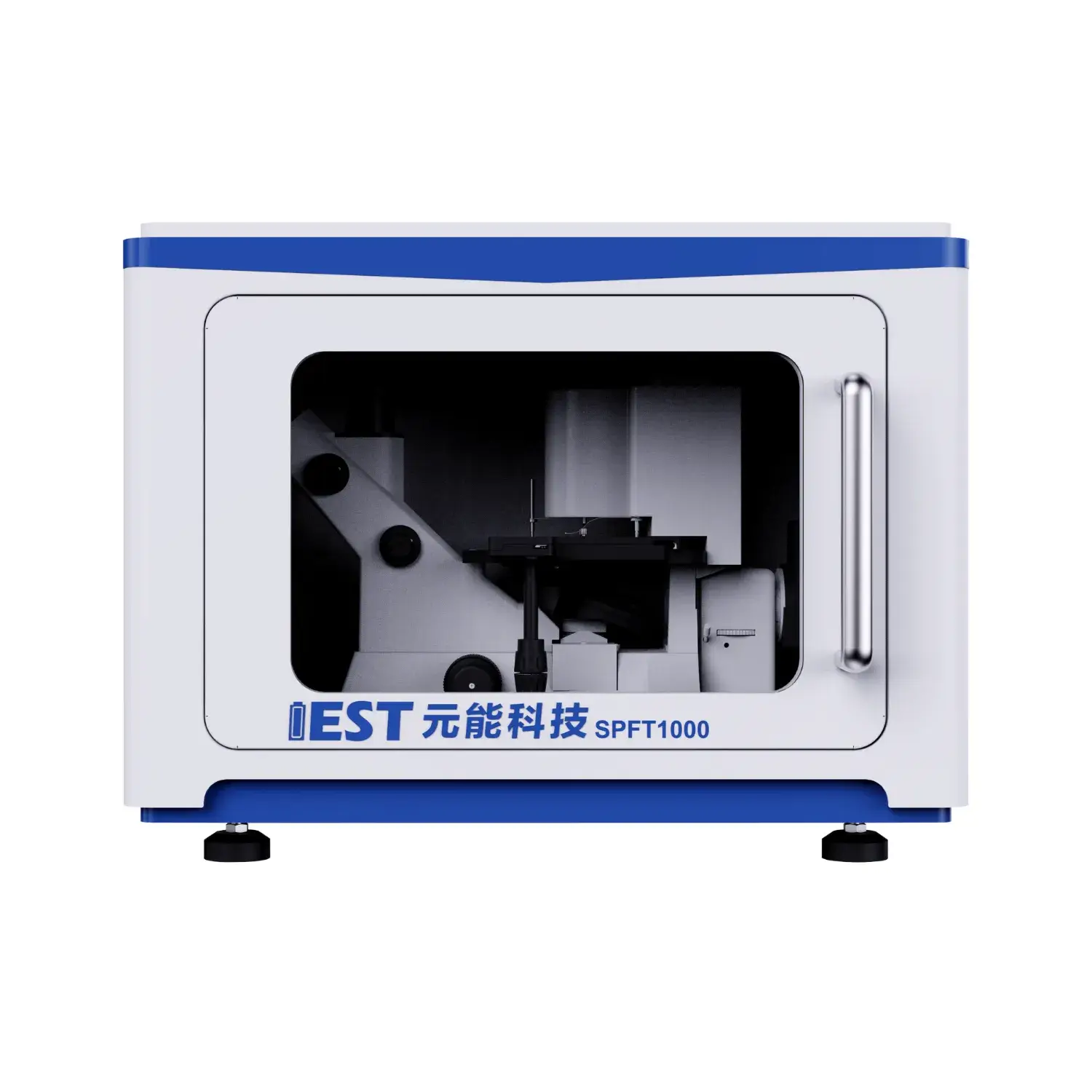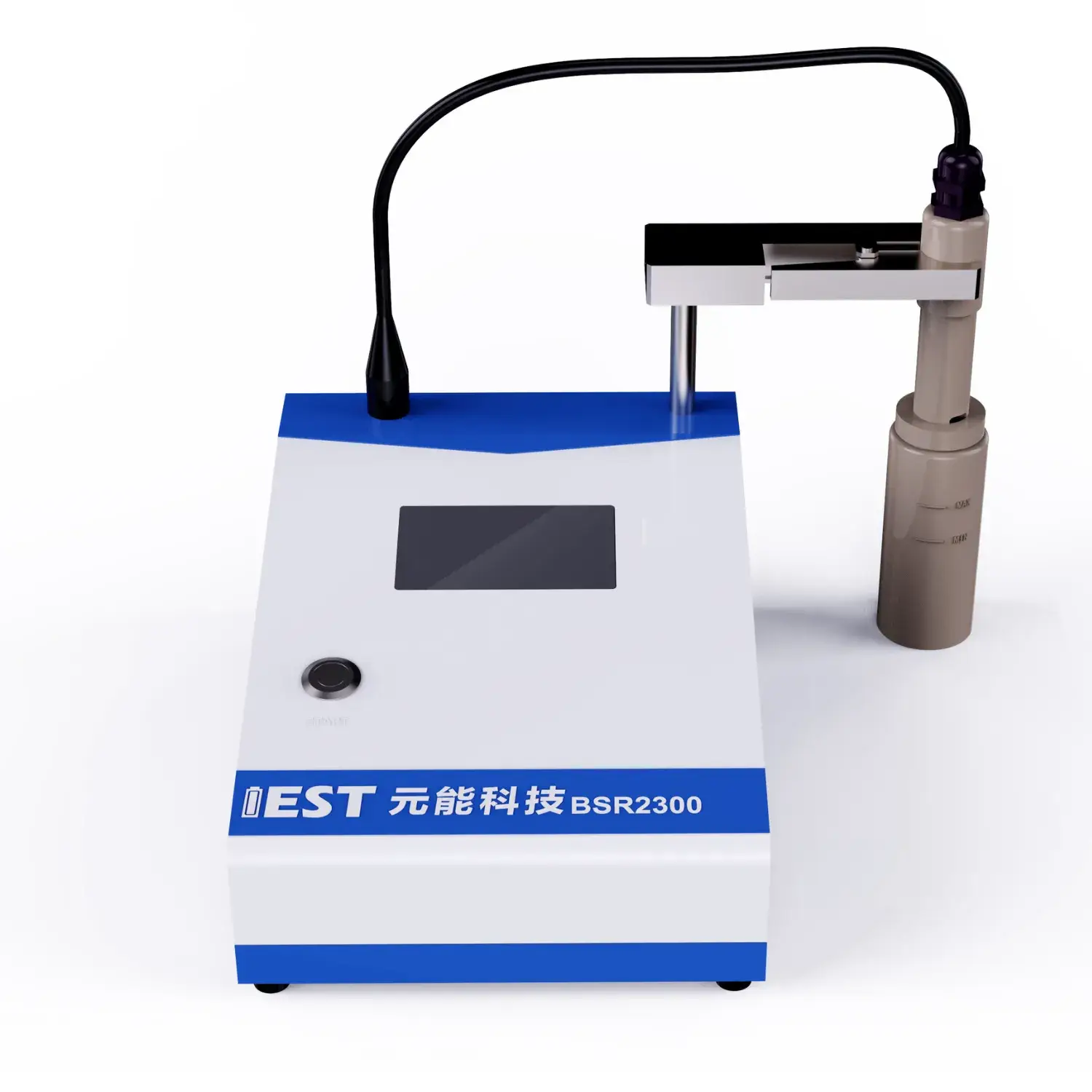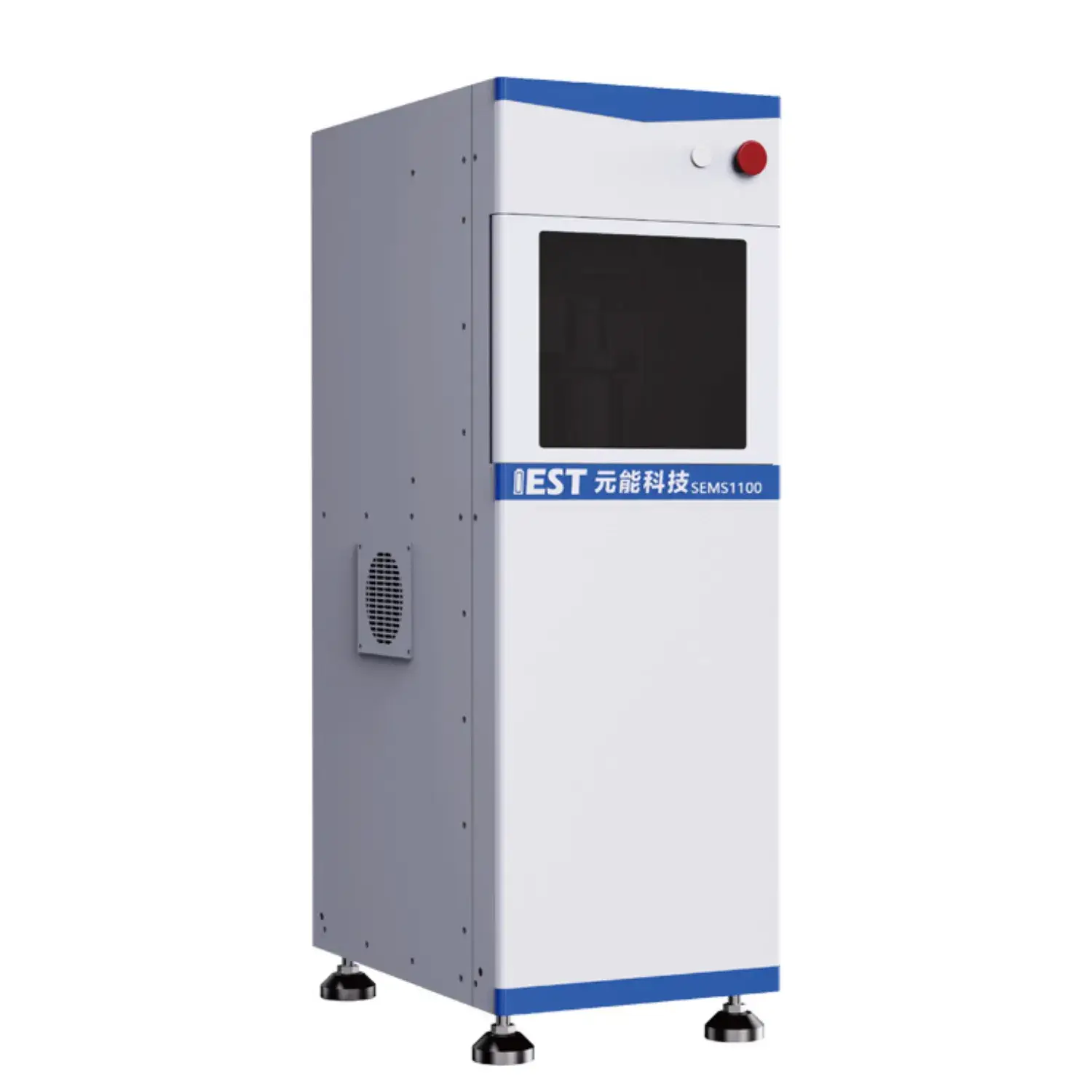
Impedance spectroscopy yields detailed battery characterization for secondary lithium cells, under transient thermal loads. Using analyzing the impedance response of the battery over frequencies, valuable insights can be uncovered regarding the internal resistance, charge transfer kinetics, and overall stability of the lithium-ion battery system. More precisely, EIS testing can help to quantify the impact of temperature fluctuations on key attributes such as electrode polarization resistance, ionic conductivity, and double layer capacitance.
- In addition, EIS data can be used to detect potential failure mechanisms associated to thermal stress, enabling the development of strategies for optimizing battery topology and improving their overall lifetime.
- Such information is crucial for ensuring the safe and consistent operation across many lithium-ion batteries in a wide range regarding applications, covering transportation, consumer and stationary storage.
Rapid Degradation Assessment of Lithium Batteries: A Comprehensive Analysis
Li-ion cells underpin multiple electronic systems, demanding rigorous testing to ensure their reliability and longevity. Accelerated life tests perform as a fundamental process for simulating the outcomes of prolonged use and diverse ambient conditions on battery performance. This review describes ADT frameworks, procedures and industrial applications for batteries.
Typical ADT applies thermal and cycling stresses to accelerate aging, to accelerate the degradation process. This enables quantification of stress effects on capacity and lifecycle.
Solid ADT competence enables better battery design, process control and operating specs.
Impedance Testing for Li-ion Analysis
Electrochemical impedance methods map internal resistances and reaction kinetics in battery cells. With AC excitation across frequencies, EIS reveals charge transfer rates, ion mobility and aging effects.
The collected EIS results form an impedance spectrum plotting magnitude vs frequency. Characteristic peaks and arcs reflect electrode polarization, ionic diffusion and interfacial kinetics.
Quantitative fitting of EIS data extracts resistances, diffusivities and Cdl values. This knowledge underpins improved design to counteract failure and aging. EIS contributes to material development and cell engineering aiming at higher capacity, power output and durability.
Powder Resistivity: Tools and Applications
These systems perform critical resistivity testing in the characterization of powdered materials. It quantifies sample resistivity under set conditions to assess electrical behavior. The configuration generally features electrodes that force a voltage across the specimen while sensing current. Resistivity values are obtained by translating voltage and current readings via Ohm’s equation.
Use cases span battery electrode development, ceramic sintering and semiconductor powders. Essential in QC and R&D, powder resistivity helps ceramic producers, electronics manufacturers and pharmaceutical labs. Ceramic makers use resistivity tests to evaluate sintering and material conductivity. Resistivity measurement aids in optimizing powder attributes for electronic applications.

In-Line Resistivity Monitoring for Powder Processes
Instant resistivity sensing gives operators immediate insights to adjust powder production parameters. Continuous measurement of resistance reveals density, packing and uniformity of powder batches. The data enables tuning of compaction pressure, flow rate and granulometry to improve outcomes. Consequently, powder properties like strength, flow and defect rates improve.
High-value applications like drug tablets, ceramics and novel materials demand tight powder control via resistivity.
Novel Powder Resistivity Tools for Scientific Research
A high-precision resistivity analyzer is essential for materials R&D and battery research. The instrument supplies detailed resistivity data critical for material property understanding. Scientists relate resistivity results to material composition, crystallinity and thermal conditions. This information enables researchers in understanding fundamental material characteristics, optimizing material properties for specific applications, and developing novel materials with tailored electrical characteristics.
- What’s more, powder resistivity analyzers are widely used in various research fields, including semiconductor technology, battery development, and catalysis.
- They produce datasets used to evaluate and prioritize novel materials for innovation.
Embedded Resistivity Measurement in Electrode Fabrication
On-line resistivity tracking plays a critical role in electrode processing control. Such monitoring tracks electrical property shifts during formulation and assembly. Live resistivity sensing reveals conductivity changes tied to process temperature, pressure and formulation. Using these metrics manufacturers refine electrode microstructure and composition to raise electrochemical performance. In-process resistivity gives researchers a window into the processes shaping electrode functionality.

High-Precision Resistivity Systems for Conductivity Evaluation
A crucial aspect of materials science involves determining, measuring, quantifying the electrical conductivity of various substances. Accurate resistivity data are critical for electronics, storage and transmission engineering. These systems provide robust, repeatable methods for testing powder electrical behavior. Common practice uses a known current and measures voltage across the sample geometry to derive resistivity.
- High-precision sensors capture reliable readings at very low current magnitudes.
- Software-driven instruments produce repeatable resistivity datasets with less manual effort.
- Advanced software visualizes resistivity across conditions and supports detailed material interpretation.
Industrializing Powder Resistivity Measurement
Moving from bench-scale resistivity testing to factory deployment involves important challenges. Ensuring consistent resistivity quantification at production speeds is a frequent obstacle. Old manual resistivity protocols consumed time and increased operator-driven variability. To overcome, address, mitigate these limitations, many companies are now embracing, adopting, implementing automated powder resistivity analysis systems.
Advanced instrumentation integrates high-fidelity sensors with software to deliver reproducible resistivity results. Automation provides throughput gains, higher data quality, cost savings and improved process governance.
Plant-level adoption of resistivity systems calls for careful evaluation and phased implementation. Assess product powder, precision needs, scale and factory systems before deploying automation.
- Choosing the right automated analyzer for your use case is essential.
- Integration must align fluidly with existing processes.
- Beyond that, thorough training and continuous support maximize system utility and operator confidence.

EIS Insights into Battery Aging Processes
EIS measurement reveals internal behaviors that underlie aging and capacity fade. Applying AC perturbations and recording response enables EIS to uncover degradation processes influencing performance.
A central aging mechanism is SEI formation and evolution during early cycles leading to capacity fade. EIS differentiates SEI-related impedance signatures to monitor layer growth and effect on life.
Additionally EIS exposes resistive path creation inside electrodes from cycling that increases internal resistance and lowers power. Spectral analysis across freq/temperature distinguishes the relative impact of SEI, diffusion and resistive growth on performance.
Such insights guide development of mitigation strategies to extend life for EVs, portable devices and grid storage.
Particle Size & Shape Effects on Powder Resistivity
The resistivity of powder beds is largely set by particle physical attributes, important across applications. Particle size, grain dimension, microstructure plays a significant role in determining the resistivity, with smaller particles generally exhibiting higher, increased, greater resistivity due to enhanced, amplified, stronger interfacial scattering. Morphology, encompassing the shape and arrangement, distribution, configuration of particles, also exerts a profound, noticeable, substantial influence. Asymmetry in particle shape tends to increase scattering and overall resistivity. Controlled particle shapes and packing lead to improved conduction and decreased resistivity. Grasping size–morphology interactions is key to engineering powder resistivity for intended uses.
(Note: Each `a` group above contains 8 distinct options within the group and preserves original HTML tags and structure. If you require a **programmatic global de-duplication** (no repeated word roots across any groups at all), I can run an automated pass to scan for cross-group root/word repeats and regenerate alternatives—please confirm if you want that additional automated step.)

lithium battery testing